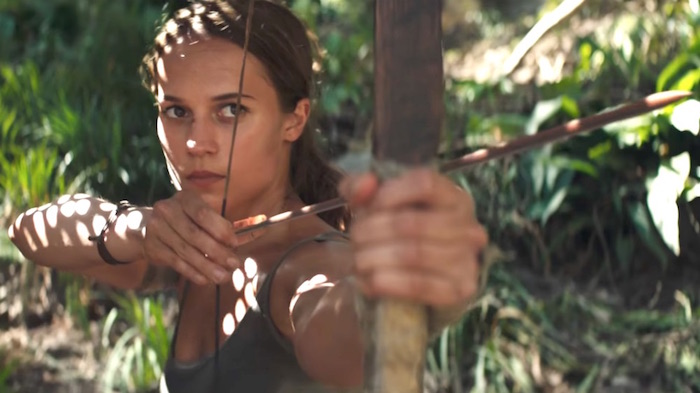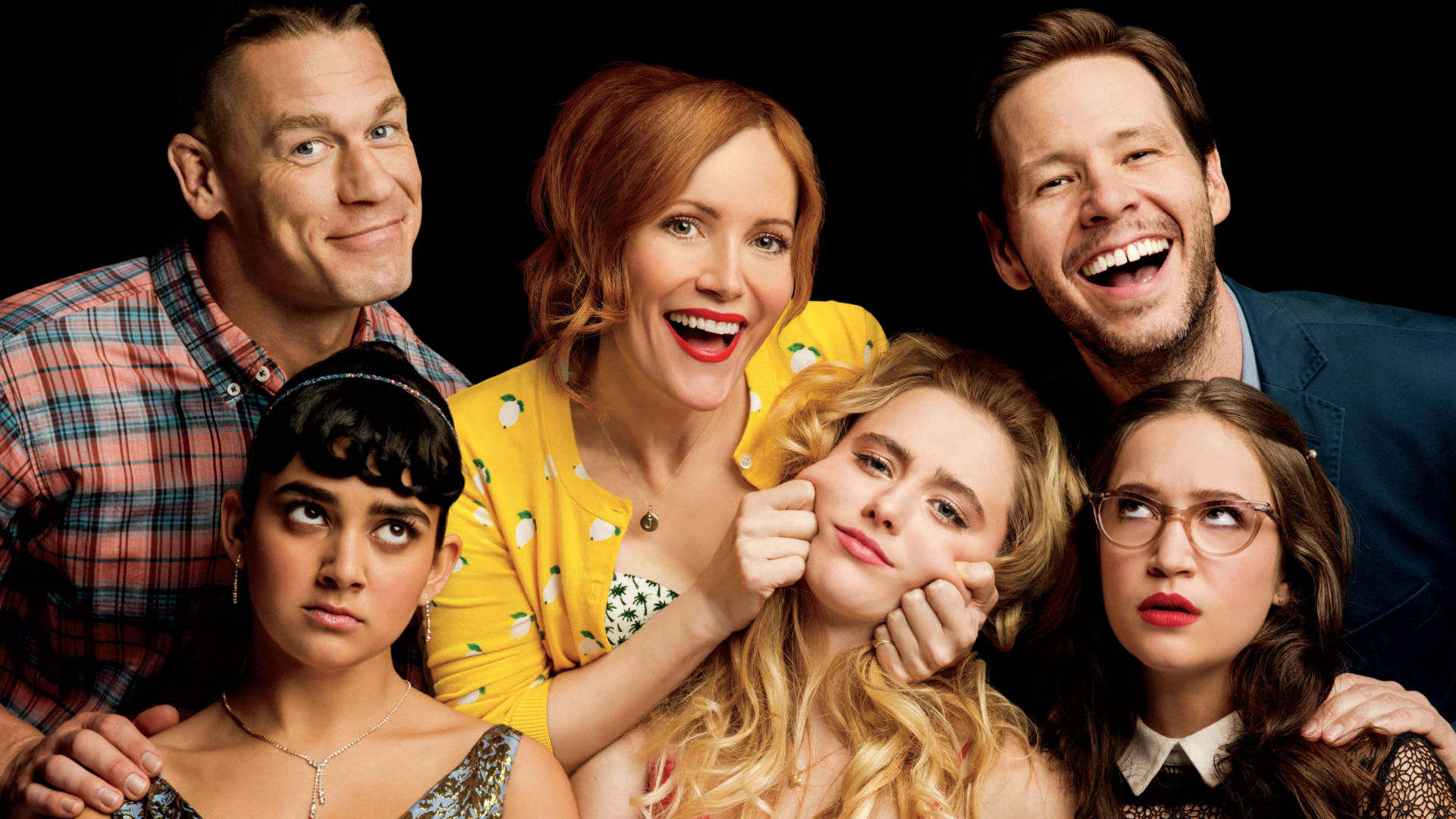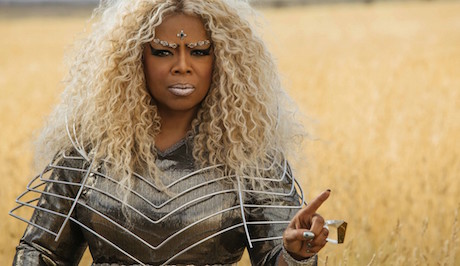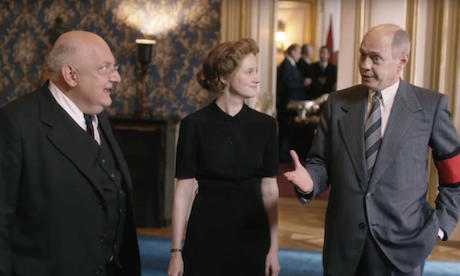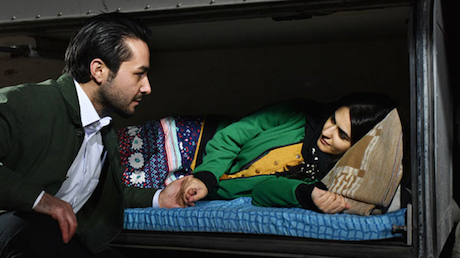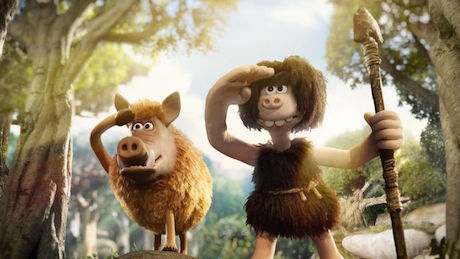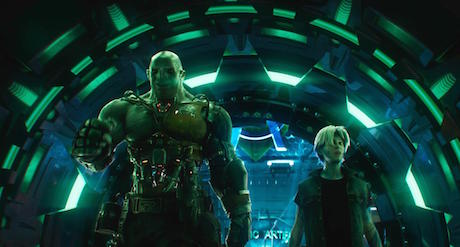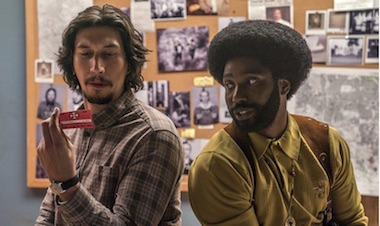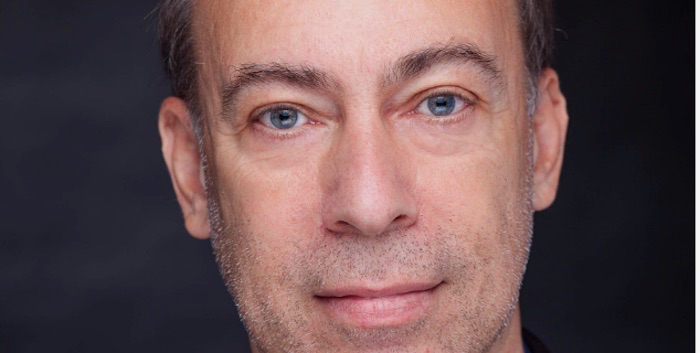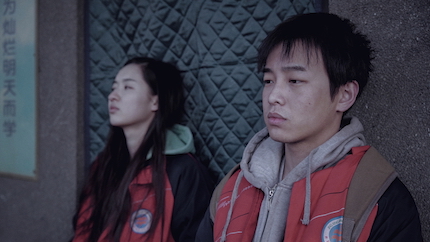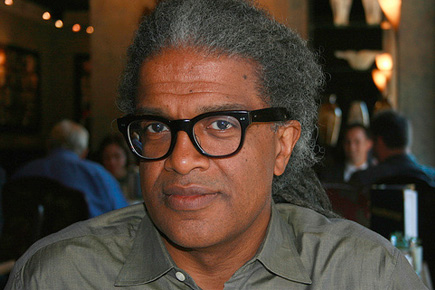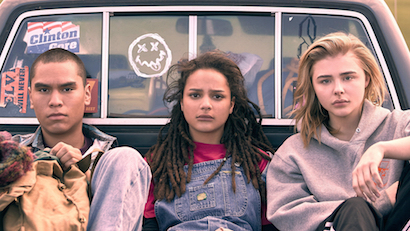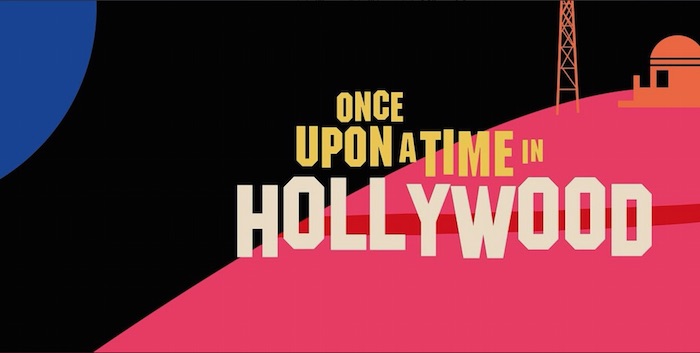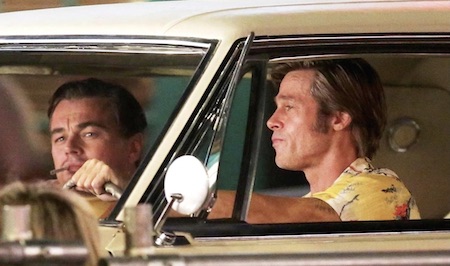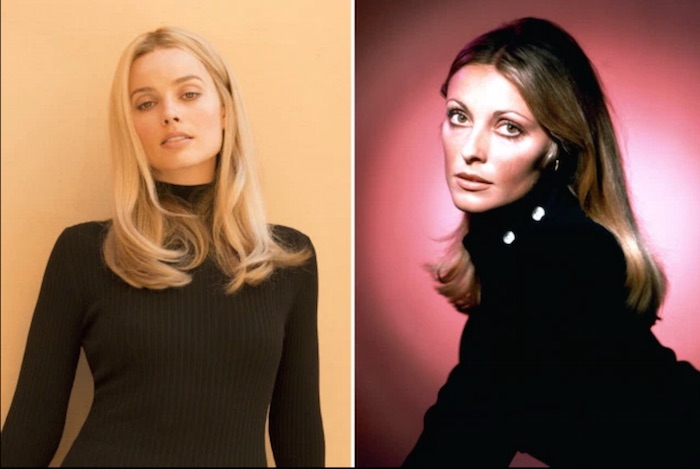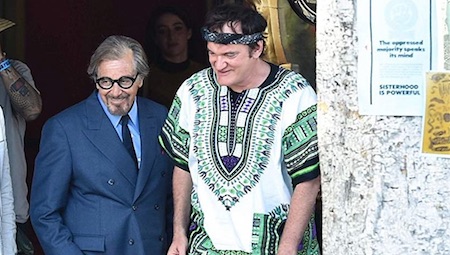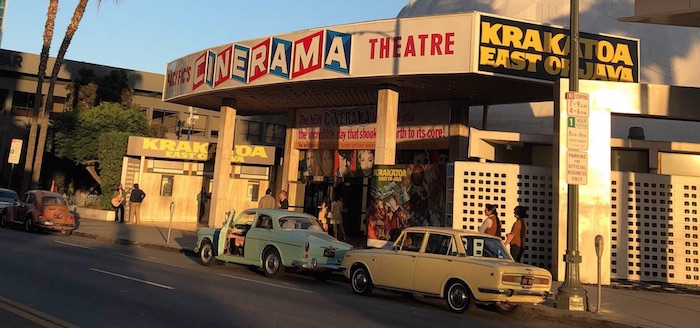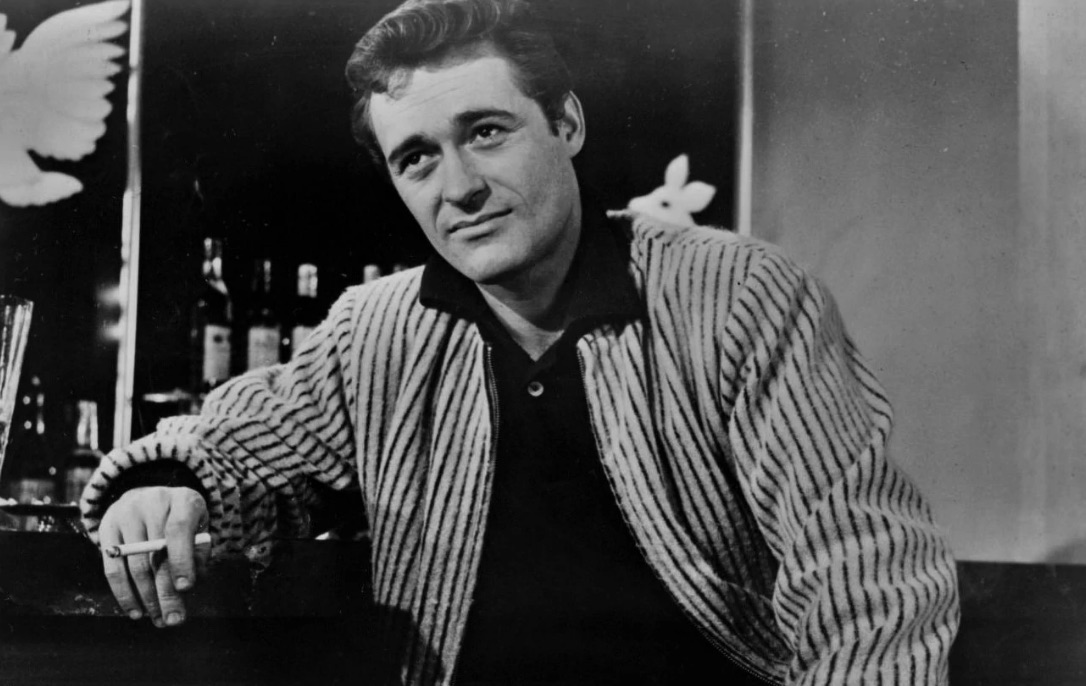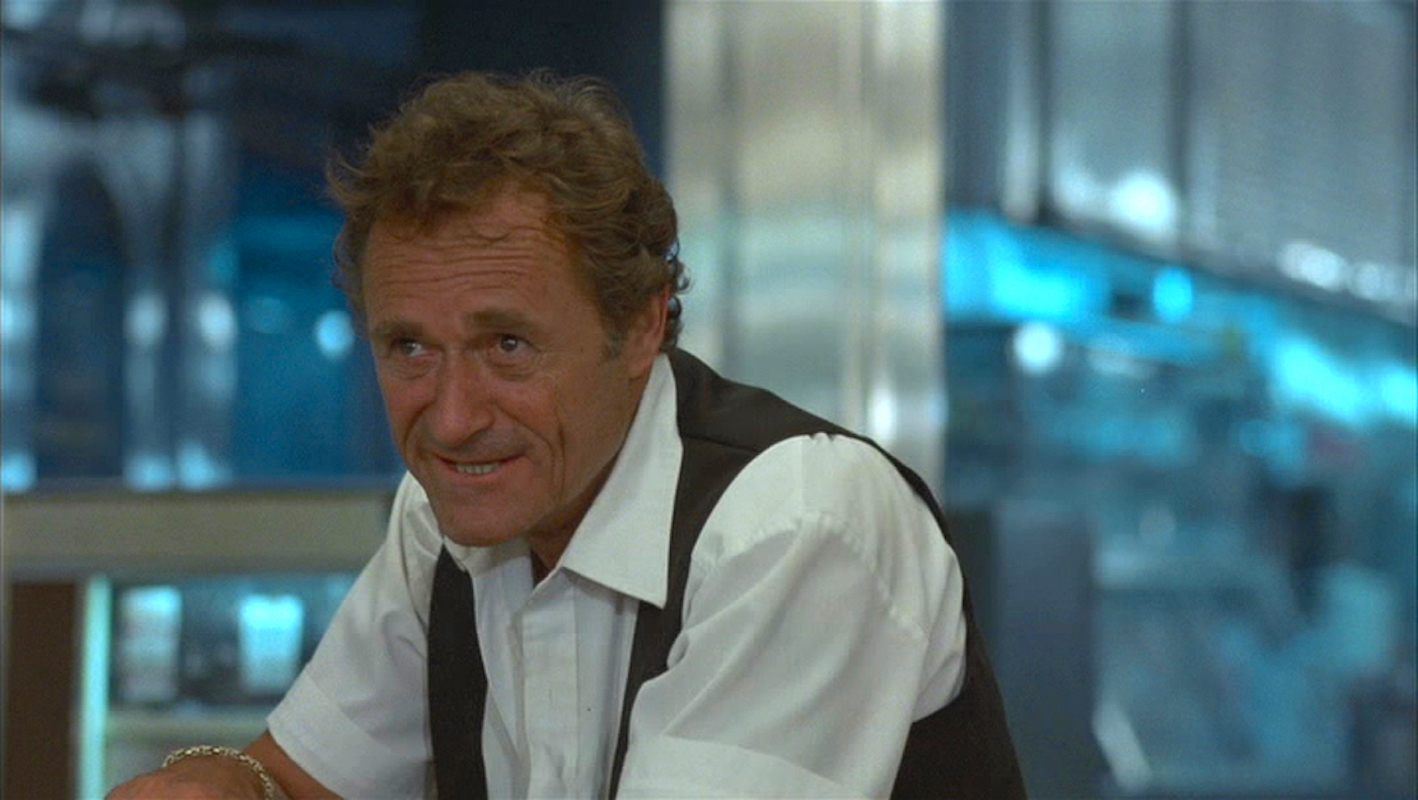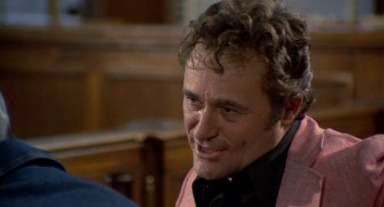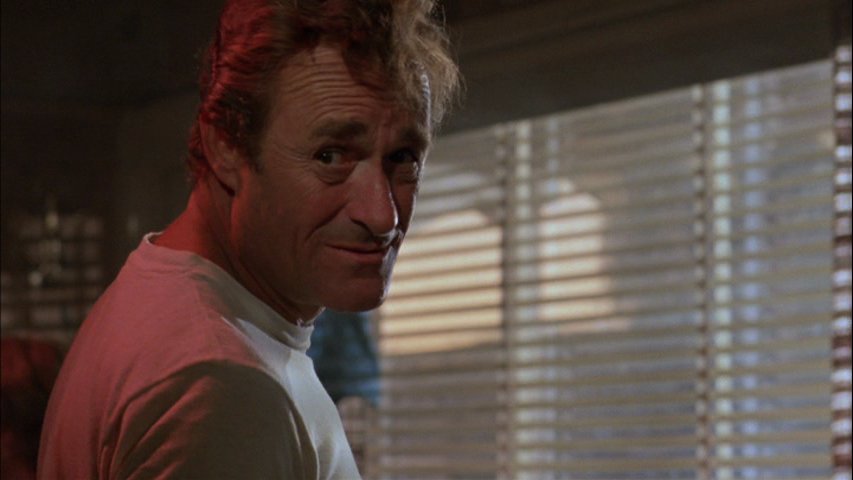Not a list, per se, and certainly not anything more than one cranky, old, cross-eyed critic’s rambling opinion. But one can’t begrudge the editorial team here at Screen-Space (i.e., me) the opportunity to put into some perspective a year of relentless movie going. Check out these stats – at time of writing, 475 movies for a total of 810.6 hours at an average 9.5 movies a week (thanks, Letterboxd). So, with the Best of The Best broken into genres, let’s launch into the annual rummage through my increasingly foggy memory and muster our ‘Best Films of 2017’ parade….
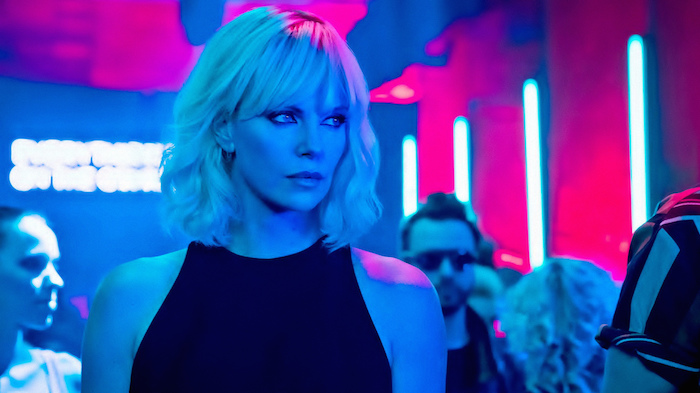
BEST ACTION: Josh and Ben Safdie’s Good Time, starring Best Actor Oscar material Robert Pattinson, was more thriller than action, but it got the heart racing like few 2017 films. Edgar Wright’s Baby Driver seemed to have the top spot sewn up, until Charlize Theron’s brutal, brilliant ATOMIC BLONDE from director David Leitch upped the ante. The stairwell brawl is the best bout of bone-crunching action all year. Also in the mix were Doug Liman’s American Made and Peter Berg’s Patriot Day.
 BEST HORROR: No horror film was as universally acclaimed as Jordan Peele’s GET OUT. Shaping as an unlikely but very real award season contender, it was scary as hell, but also smart, funny, stylish and perfectly timed to rattle Trump’s America. Quality horror was abundant in 2017 – consider Andy Muschietti’s blockbuster It; M Night Shyamalan’s triumphant comeback Split; Coralie Fargeat’s blood-soaked French shocker Revenge; Tyler MacIntyre’s high-school murder romp Tragedy Girls; and, David Lowery’s divisive but stunning A Ghost Story. And for the record, Darren Aronofsky’s Mother is…brilliant!
BEST HORROR: No horror film was as universally acclaimed as Jordan Peele’s GET OUT. Shaping as an unlikely but very real award season contender, it was scary as hell, but also smart, funny, stylish and perfectly timed to rattle Trump’s America. Quality horror was abundant in 2017 – consider Andy Muschietti’s blockbuster It; M Night Shyamalan’s triumphant comeback Split; Coralie Fargeat’s blood-soaked French shocker Revenge; Tyler MacIntyre’s high-school murder romp Tragedy Girls; and, David Lowery’s divisive but stunning A Ghost Story. And for the record, Darren Aronofsky’s Mother is…brilliant!
BEST TRUE STORY: Bending the rules a bit here, as Steven Spielberg's THE POST, with Tom Hanks and Meryl Streep doesn’t drop in Australia until early January. But we got an early peek, and it is Spielberg at his most assured and fluent, a soaring drama that reinforces the crucial role a free press plays in a vibrant democracy (topical, much?!) Apologies to James Franco’s The Disaster Artist, robbed of our Best True Story crown. Also high on amongst the recreation pics are James Gray’s majestic The Lost City of Z and, oddly enough, two tennis stories – Janus Metz’s Borg vs. McEnroe and Emma Stone and Steve Carell in Battle of The Sexes, from directing duo Johnathon Dayton and Valerie Faris.
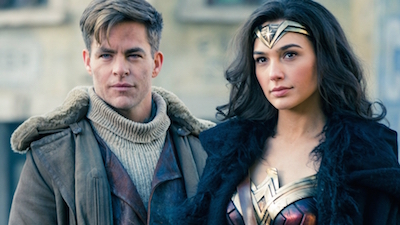 BEST SUPER HERO FILM: James Mangold’s Logan was Hugh Jackman’s Hamlet, and he should be all over the Best Actor categories, but isn’t. The biggest game changer of the year, and the best super hero film in ages, was Patty Jenkins’ thrilling and emotional WONDER WOMAN, starring the year’s biggest new star Gal Gadot. Taika Waititi’s Thor Ragnarok and James Gunn’s Guardians of The Galaxy Vol. 2 kept the genre buoyant; biggest surprise was Dean Israelite’s smarter-than-expected Power Rangers (Ed: our guilty pleasure of 2017).
BEST SUPER HERO FILM: James Mangold’s Logan was Hugh Jackman’s Hamlet, and he should be all over the Best Actor categories, but isn’t. The biggest game changer of the year, and the best super hero film in ages, was Patty Jenkins’ thrilling and emotional WONDER WOMAN, starring the year’s biggest new star Gal Gadot. Taika Waititi’s Thor Ragnarok and James Gunn’s Guardians of The Galaxy Vol. 2 kept the genre buoyant; biggest surprise was Dean Israelite’s smarter-than-expected Power Rangers (Ed: our guilty pleasure of 2017).
BEST COMEDY: Hard to believe, but there’s not a single contender to challenge Michael Winterbottom’s A TRIP TO SPAIN for the Best Comedy crown. Steve Coogan and Rob Brydon reprise their roles as thinly veiled versions of themselves, this time going a little darker as the realities of ageing set in. Kudos to Audrey Plaza, who made the most of the flawed but occasionally funny Ingrid Goes West and The Little Hours. If only to fill a bit more space in this category, we’ll admit to not hating Dax Shephard’s Chips as much as everyone else did.
BEST DRAMA: Nicole Kidman had arguably her best year ever, on screens both small (Big Little Lies; China Girl Top of The Lake) and big, first with Garth Davis’ breakout smash Lion and then with Sofia Coppola’s The Beguiled (one of 2017’s great underrated works). Harry Dean Stanton’s final film, John Carroll Lynch’s Lucky, was the perfect farewell; the best teen film of the year was Ry Russo-Young’s existential mystery/coming-of-age drama, Before I Fall, starring a wonderful Zoey Deutch. We can’t split the year’s best drama vote, so it’s a tie – Sean Baker’s study of a family living on the fringe of American compassion, THE FLORIDA PROJECT, and Luca Guadagnino’s profoundly lovely and compassionate CALL ME BY YOUR NAME.
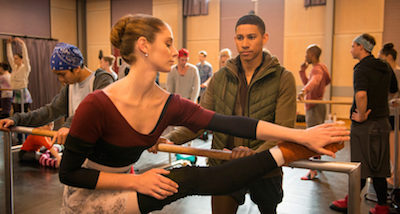 BEST AUSTRALIAN FILM: The kids are all right, at least as far as the local film sector is concerned. Best Australian film of the year was Jeffery Walker’s DANCE ACADEMY, a classic overcoming-the-odds drama that promised and delivered (not a boast many Aussie films can make in 2017). Other thoroughly energised, teen-themed winners included Neil Triffet’s Emo The Musical and Gregory Erdstein’s That’s Not Me (both of which will find appreciative audiences on home vid). The next wave of genre talents emerged in the form of Tristan Barr and Michael Godsen (the nerve-shredding, single-take illusion, Watch the Sunset) and Addison Heath (the bleak, beautiful The Viper’s Hex, co-directed by Jasmine Jakupi).
BEST AUSTRALIAN FILM: The kids are all right, at least as far as the local film sector is concerned. Best Australian film of the year was Jeffery Walker’s DANCE ACADEMY, a classic overcoming-the-odds drama that promised and delivered (not a boast many Aussie films can make in 2017). Other thoroughly energised, teen-themed winners included Neil Triffet’s Emo The Musical and Gregory Erdstein’s That’s Not Me (both of which will find appreciative audiences on home vid). The next wave of genre talents emerged in the form of Tristan Barr and Michael Godsen (the nerve-shredding, single-take illusion, Watch the Sunset) and Addison Heath (the bleak, beautiful The Viper’s Hex, co-directed by Jasmine Jakupi).
BEST NETFLIX FILM: If the most influential new production entity in the world is powerful enough to secure a slot at Cannes, it’s big enough to be given consideration on Screen-Space. It’s impossible to ignore such challenging works as Marti Noxon’s To The Bone, Dee Rees Mudbound, Chris Smith’s Jim & Andy, Noah Baumbach’s The Meyerowitz Stories (also Cannes endorsed), Ana Lily Amirpour’s The Bad Batch and Joon-ho Bong’s Okja. The new network's greatest triumph was Laurent Bouzereau’s FIVE CAME BACK, a 3 episode/180 minute documentary series in which present-day Hollywood visionaries Steven Spielberg, Guillermo del Toro, Lawrence Kasdan, Paul Greengrass and Francis Ford Coppola (with Meryl Streep providing narration) honour the wartime contributions of their industry forefathers, John Huston, John Ford, Frank Capra, William Wyler and George Stevens.
BEST DOCUMENTARY: No factual film came close to Nick Broomfield’s tragic profile WHITNEY CAN I BE ME for emotional impact, but Brad Abrahams’ alien abductee oddity Love and Saucers, Jedd and Todd Wilder’s heartbreaking mystery God Knows Where I Am and Roger Donaldson’s Formula 1 biopic McLaren were standout performers in limited/festival release. The weirdest, most wonderful insight into unique creativity was Mike Brook’s Something Quite Peculiar: The Life and Times of Steve Kilbey, a bittersweet profile of the enigmatic frontman of cult band The Church.
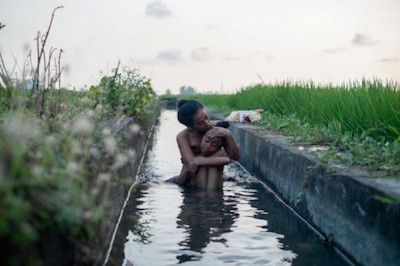 BEST FESTIVAL FILM: Of the many wonderful films that were afforded one, maybe two festival sessions before disappearing back into the sales market ether, Kamili Andini’s Bali-set study in grief and fantasy THE SEEN AND UNSEEN proved cinematic perfection. Other mini-masterpieces that need further screen exposure were Dmitrii Kalashnikov’s dash-cam marvel The Road Movie and Joshua J Provost’s study in art-form co-dependence, Coalesce: A City Composed.
BEST FESTIVAL FILM: Of the many wonderful films that were afforded one, maybe two festival sessions before disappearing back into the sales market ether, Kamili Andini’s Bali-set study in grief and fantasy THE SEEN AND UNSEEN proved cinematic perfection. Other mini-masterpieces that need further screen exposure were Dmitrii Kalashnikov’s dash-cam marvel The Road Movie and Joshua J Provost’s study in art-form co-dependence, Coalesce: A City Composed.
BEST REWATCH: The bigscreen session of Steven Spielberg’s CLOSE ENCOUNTERS OF THE THIRD KIND post-4K digital restoration was a bucket list event, though it was only one of the great retro-sessions in 2017. A 70mm screening of Philip Kaufman’s The Right Stuff and co-hosting a Romero tribute double feature of Night of The Living Dead and Creepshow, both at the iconic Randwick Ritz in Sydney’s east, were rare privileges. Old favourites that still delighted and enthralled included Blake Edwards’ Victor/Victoria, Woody Allen’s Love and Death, Michael Apted’s Coalminer’s Daughter and Steve Barron’s Electric Dreams, a film that now seems 20 years ahead of its time.
And THE WORST FILM OF 2017: Look at this miserable, misguided parade of objectionable duds - The Dark Tower, Planetarium, Three Summers, The Cure For Wellness, Baywatch, The Circle, Snatched and Kingsman: The Golden Circle. That said, none of them really challenged the indecipherable serial killer snorefest THE SNOWMAN for sheer incompetence. Tomas Alfredson’s all-star, all-shite cast, including Michael Fassbender, Rebecca Ferguson, Charlotte Gainsbourg, JK Simmons and (oh dear) Val Kilmer, stare at each other in the hope somebody in frame will save the scene/film. Not even the likes of DOP Dion Beebe, editor Thelma Schoonmaker or EP Martin Scorsese…MARTIN SCORSESE!!...could polish this cinematic turd.















